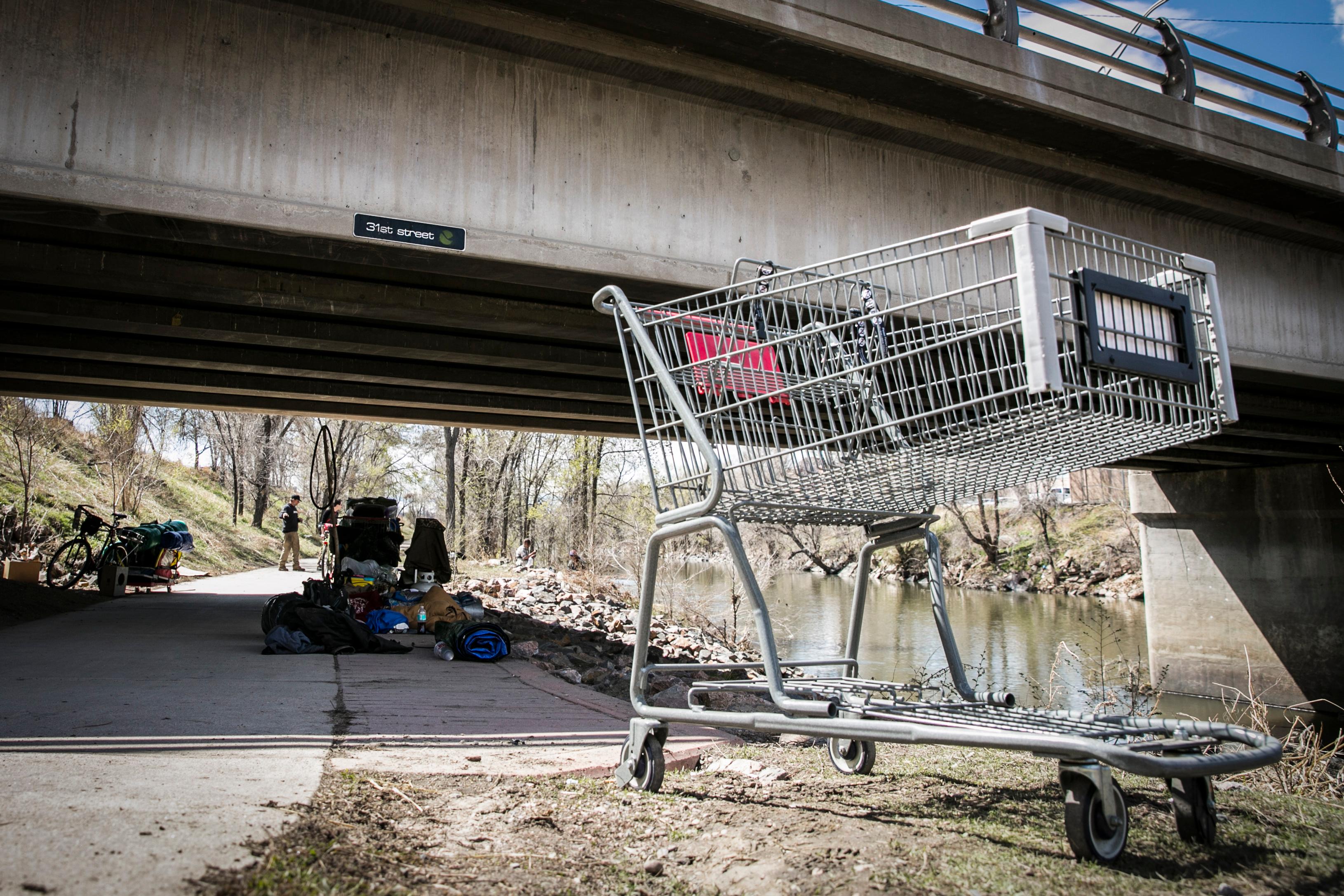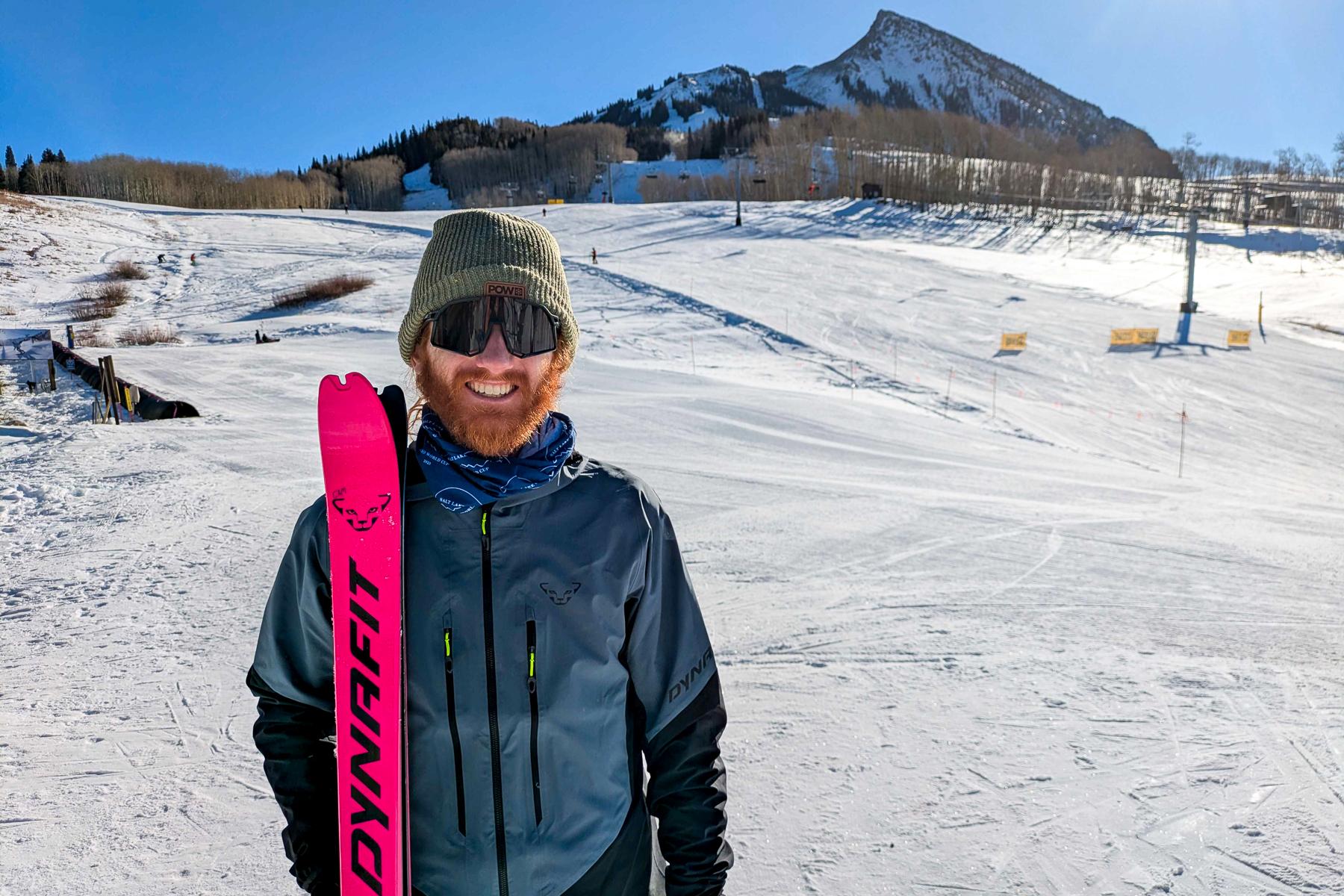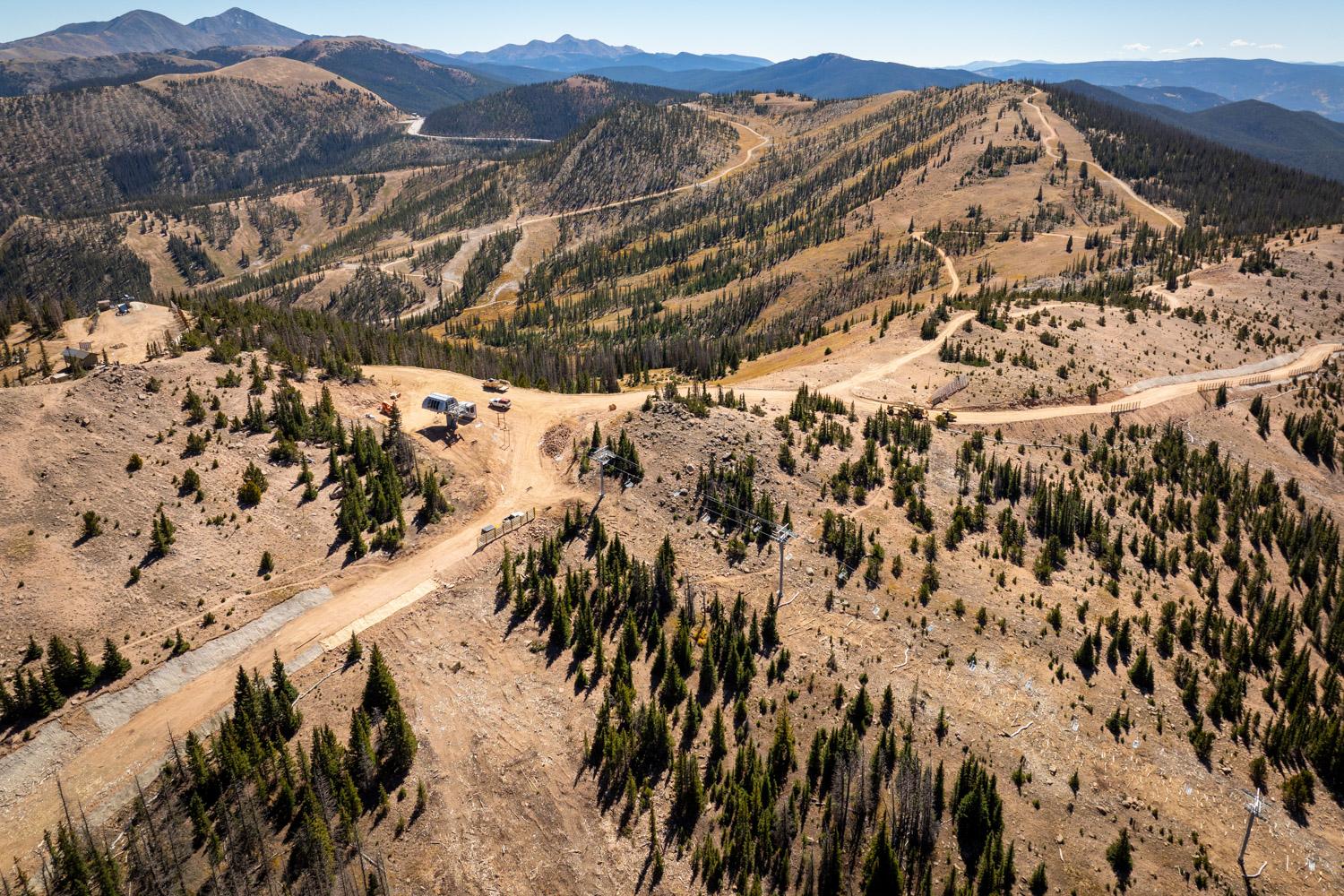
Every year, volunteers count and interview the thousands of people that live in the Denver metro but have no permanent address. The “Point in Time” survey is a vital, if logistically challenging, study on how the area’s homeless population changes annually.
Here are three takeaways from this year’s survey, which was released this week.
1. Unsheltered Numbers Rise Significantly

The seven-county metro area’s homeless population has bounced between 5,000 and 6,000 since 2015. Once the numbers are broken down between sheltered and unsheltered, though, trends are more visible. The sheltered population has dropped by more than a thousand in the last four years. The number of unsheltered persons, however, has gone up by nearly 500 in that same time.
There are a few reasons for that, said Cathy Alderman, vice president of communications and public policy for Colorado Coalition for the Homeless.
"We are getting better at counting people,” Alderman said. “But I know we are also seeing more people who are forced to live out on the streets."
On top of that, Alderman said the federal government has prioritized long-term services over emergency shelters in recent years. She said the new figures may push service providers to change their calculus.
“We need to come up with a sheltering plan sooner rather than later,” she said. “We cannot continue to put this off because people are literally languishing on the streets.”
2. Chronically Homeless Figures Are Up, Too

The number of chronically homeless rose by 500 from 2017 to 2018. The chronically homeless are those who end up on the street and stay there for at least a year, or have been homeless four times in the last three years. They make up 30 percent of the area’s total homeless population.
In Denver, they account for thousands of nights in jail and hundreds of visits to detox every year. But just a few weeks ago, the city opened an apartment complex in downtown aimed at this population.
“This was about giving our residents a fighting chance. Residents who were stuck in a cycle of going from the streets to jail, back to the streets, to detox, back to the streets. A very expensive cycle,” Mayor Michael Hancock said at the time.
3. Racial Breakdown In The Metro Matches That Nationally

African-Americans make up a disproportionately large segment of the seven-county metro area’s homeless population. That fits in with national numbers, according to the National Alliance to End Homelessness.
From slavery to segregation, African Americans have been systematically denied equal rights and opportunities. The effects of long-standing discrimination linger and perpetuate disparities in poverty, housing, criminal justice, and health care, among other areas. These disparities, in turn, can contribute to more African Americans experiencing homelessness.
American Indians, Pacific Islanders and multi-racial residents are also over-represented, while Asians and Whites are underrepresented.









